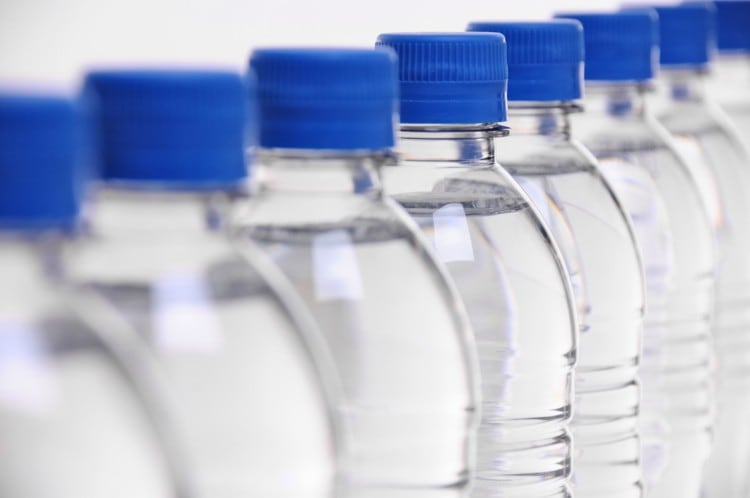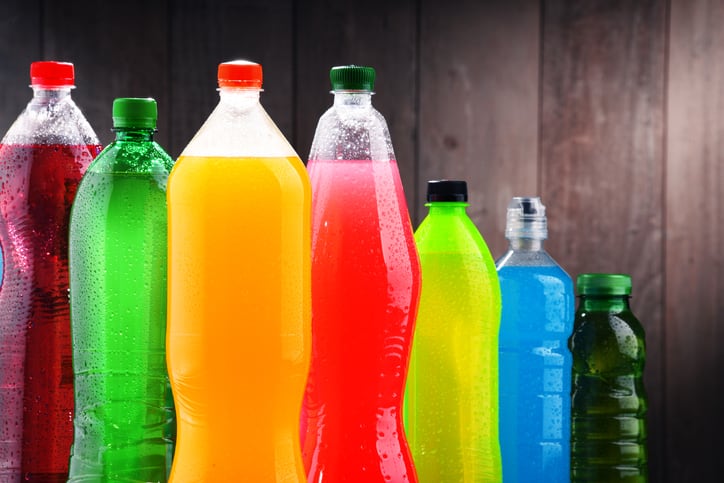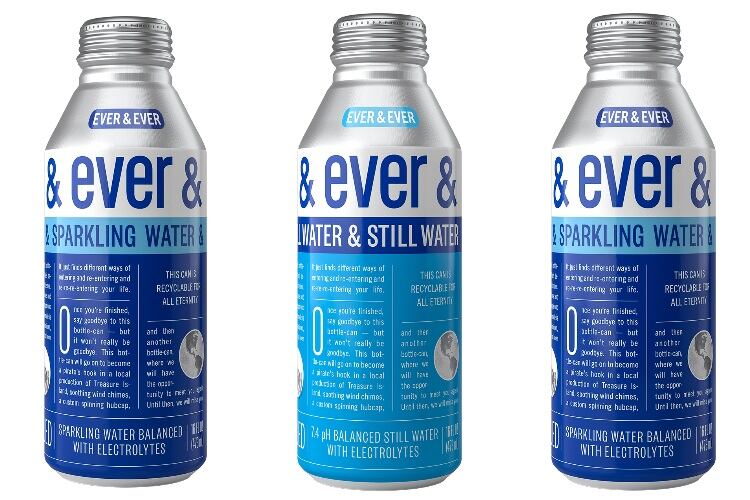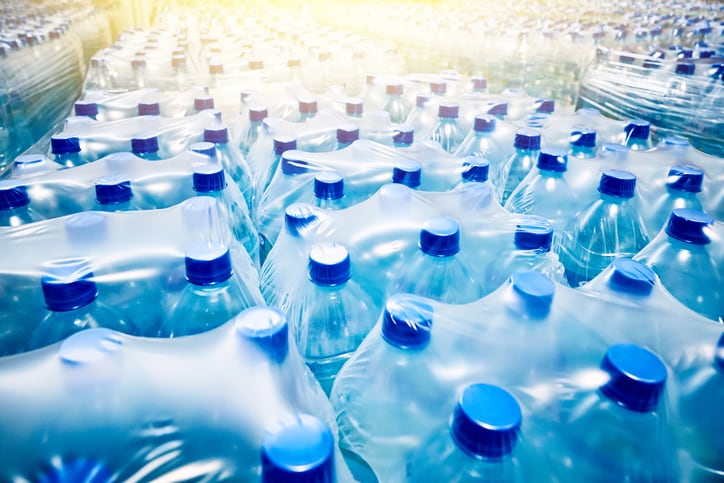Microplastics – tiny plastic particles – hit headlines last year when a study from Orb Media claimed that 93% of bottled water contained microplastic contamination. This prompted the WHO to launch a health review into microplastics and drinking water.
Microplastics in drinking water are a concern because they are ingested, with the effects on the human body unknown. However, microplastics are also found naturally across the environment in soil, air and water.
The WHO summarises that, while there is not enough information to come to a firm conclusion, the evidence that is available does not suggest cause for concern.
Call for more research
The WHO’s analysis of microplastics – which was released this morning and focuses specifically on bottled water and tap water – marks the start of its efforts to assess health risks of microplastics.
While there is no set definition, the term 'microplastics' is generally understood to include microplastics and nanoplastics that come in a variety of shapes, compositions and sizes - which can be smaller than the diameter of a human hair.
The WHO says ‘microplastics larger than 150 micrometres are not likely to be absorbed in the human body and uptake of smaller particles is expected to be limited. Absorption and distribution of very small microplastic particles including in the nano size range [smaller than 1 micrometre] may, however, be higher, although the data is extremely limited.’
It concludes that microplastic particles pose "a low concern" for human health; and that while information on smaller nanoparticles is scarce, "no reliable information suggests it is a concern".
But it emphasises that its findings are based on limited research and more investigations are urgently needed.
Microplastics and health: What the WHO says
“Polymers comprising microplastic particles are generally considered to be inert when ingested and the limited evidence on particle kinetics suggests that a large fraction of microplastics pass through the digestive system without uptake. Potential uptake of very small microplastic particles is a topic of emerging research interest.
“However, the limited studies that have investigated uptake of microplastic particles <50 μm in size lack methodological robustness and present findings only at extremely elevated exposure concentrations. Elevated levels of exposure to particles are likely to overwhelm biological mechanisms that would allow particle clearance, and therefore, there is no information of suitable quality to draw any conclusions on uptake of small particles at this time.
“It is unclear if absorption of small plastic particles in the GI tract, like other inert particulate matter to which humans are exposed to on a regular basis, would pose any human health concerns. It is almost certain that humans have been exposed to microplastics for decades, as well as other particles in the environment for much longer.
“Overall, there does not seem to be any reliable information at this time that would suggest any overt health concerns associated with microplastic particles. This does not mean that plastic particles are a priori innocuous, as this cannot be determined with any accuracy at present with the limited data on microplastics in drinking-water.”
Bottled water
The potential health risks from microplastics come from three areas: the microplastic particles themselves, the additives or chemicals that may be released by the microplastics; and biofilms associated with microplastics.
While many efforts have been taken to reduce the use of additives in plastic (such as BPA), it is possible for these substances to be present in older plastics or already be present as microplastics in the environment.
The WHO acknowledges studies that suggest plastic bottles and caps may be a source of microplastics in drinking water.
It points out, however, that PET, PP and PE materials used to make bottles and caps are often regulated to ensure they do not leach substances (such as monomers, plasticizers or other additives) at concentrations of concern into drinking-water.
Obtaining a more accurate assessment of the impact of microplastics overall needs more research, emphasises the WHO.
It is calling for researchers to develop standard methods of measuring microplastic particles in water; conduct more studies into where microplastics in fresh water come from; and maximise the efficacy of different treatment processes.
Dr Maria Neira, Director, Department of Public Health, Environment and Social Determinants of Health, at WHO, said: “We urgently need to know more about the health impact of microplastics because they are everywhere - including in our drinking-water.
“Based on the limited information we have, microplastics in drinking water don’t appear to pose a health risk at current levels. But we need to find out more.”
Orb Media study: 2018
The study from Orb Media, a non-profit journalism organization, examined 259 bottles from nine countries and 11 brands: including Aquafina (PepsiCo), Dasani (Coca-Cola), evian (Danone), Nestlé Pure Life and San Pellegrino (Nestlé).
Its results stated that 93% of bottled water tested showed ‘some sign of microplastic contamination’. It also found roughly twice as many plastic particles (>100um) in bottled water as tap water; and more particles in plastic bottles than in glass bottles. The authors of the study said that the data suggests contamination is ‘at least partially coming from the packaging and/or the bottling process’.
The International Bottled Water Association, however, slammed the study: saying its "‘probably plastic’ findings are weak at best."




